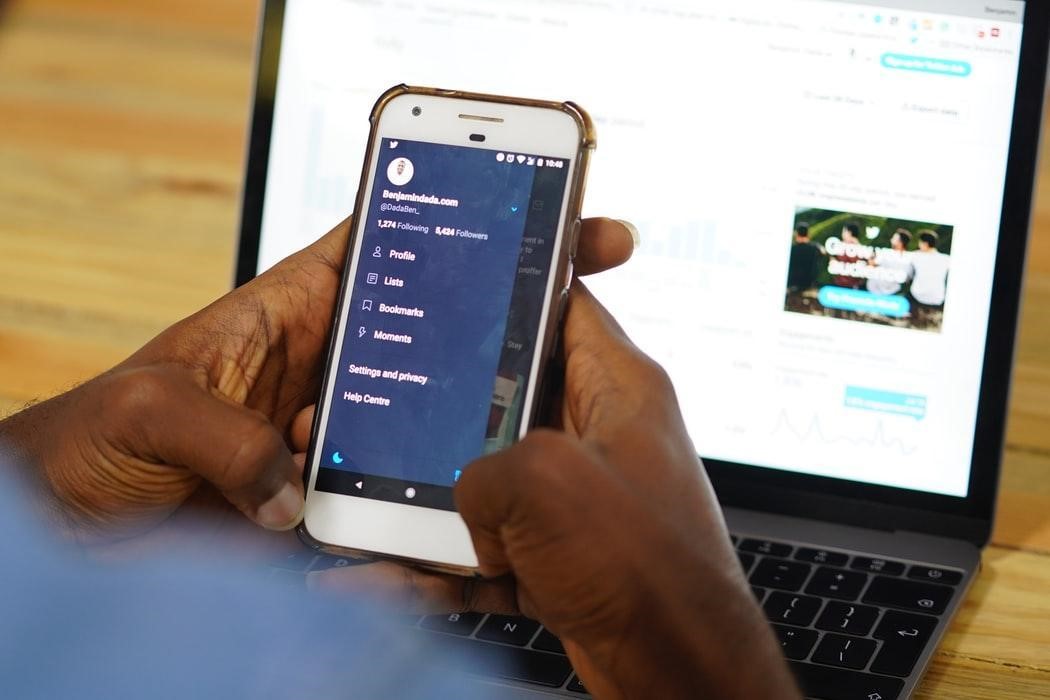Whether you’re working in the B2B or B2C world, one truth remains constant: people buy from people.
This means that as a senior marketer or business leader, it makes sense to build your personal brand.
One key channel for building this personal brand is through paid and organic social media.
Many blog posts talk about how you can maximise engagement and generate leads through your company pages, but this misses a huge opportunity.
Business is built on personal relationships and genuine connections – and this is arguably even more important in the B2B sphere.
In this article, I will outline ways to use your personal social media profile to build connections and generate B2B leads.
My focus will be on adding long-term value, as opposed to seeking quick sales.
In order to generate B2B leads via social media, you need to build an audience who trusts what you say and values your expertise and insights.
This requires the consistent publication of high-quality content that taps into the pain points of stakeholders in your industry.
In truth, content is everything. If you are hiding in the background (otherwise known as lurking), you can’t expect to use social media to generate leads.
You need to contribute to the community, be active in sharing, commenting, and challenging – and you need to demonstrate solid knowledge in your niche.
Here are three of the ingredients that I think you need:
- Having great real-world experience
- Having a knowledge of broader industry trends
- Having an ability to be open and honest
With the above ingredients, you can craft meaningful stories that get the attention of your audience.
The real-world experience gives you tangible material to work with, and the knowledge of broader industry trends gives you the context for framing your stories.
And if you’re open and honest, you can admit your failures and tell a story that doesn’t simply champion your successes.
Sayed Shahnur’s article about how to make people love you through content marketing does a great job of explaining more about the background to content marketing, plus the tactics that work best.
I would add that for personal and business branding alike, the key part that many marketers get wrong is that they don’t focus on distribution.
When you’re trying to generate leads through social media, just producing content isn’t enough.
You need to create a solid promotion framework to generate engagement from the right people, with the right pain point, in the right need state.
This promotion framework needs to be optimised carefully for each individual social media channel.
How to Generate B2B Leads on Social Media
Business often thinks social media does not drive quality B2B leads. This misconception has been floating around for a long time, and most entrepreneurs believe social media is useful for B2C leads instead. However, a statistic about lead generation for B2B showed that more than 80% of B2B leads came from social media sites like Linkedin, Twitter, and Facebook.
So, in reality, social media is making a massive impact on B2B lead generation for all kind of business. So let’s look at three of the major social media platforms for B2B lead generation. For each platform, I will provide three critical tips for building connections, influence, and leads. Let’s get started…
Lead Generation for B2B: LinkedIn
LinkedIn is the bread-and-butter social media platform for B2B lead generation. Users on this platform are very much in the “work and career” mindframe, which presents a great opportunity to target them with content that helps them optimise their work life – a key function of B2B products and services.
Once you’ve finished building everything up on your profile, it’s time to do the following…
#1. LinkedIn blogging: Think about the LinkedIn blogging platform as a distribution channel for your other blog content – whether it’s already been published on-site, on Medium, or elsewhere. The chance to directly reach your network of professional connections is not to be missed.

#2. Embrace video: LinkedIn is looking to push the popularity of its native video platform. This means that you’re almost guaranteed to get significant reach within your network by using it. Video marketing is a must-do for thought-leaders in today’s B2B world, and LinkedIn provides the ideal opportunity. This article by String Nguyen will give you some tips to get started.

#3. Don’t battle the algorithms: To generate leads on LinkedIn, you need to obtain credibility. This is achieved by building a network of people who engage with your posts and updates. Whether the leads come from within that network, or whether they’re driven to approach your business due to your reputation, engagement is key. To create engagement, you need to play the algorithms game. These change regularly, so it’s important to stay up-to-date with the latest LinkedIn news and trends.
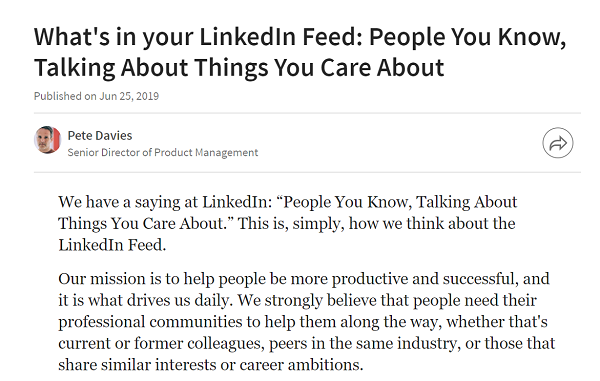
For a really deep look at how to get more leads on LinkedIn, check out Jabed Hasan’s article about LinkedIn marketing strategies, in which he outlines 19 ways to get more leads.
Lead Generation for B2B: Facebook
Naturally, you won’t want to connect with people in the same way on Facebook as on LinkedIn, and that’s understandable for both parties. To take the same approach would be, frankly weird. Facebook is a very private thing for most of the users, and many entrepreneurs don’t like to do business on Facebook. Reaching out through Facebook messaging may mark you as a spammer to the recipient.
However, remember that work is a huge part of life – active users on Facebook still want to learn about how to do their job better. B2C gets the attention on Facebook, but B2B professionals can always make an impact and drive leads for their business. But the techniques to impress B2B prospects on Facebook must be different from what you use on any other social network. Let’s look at how…
#1. Create a personal brand page: This is the perfect middle ground, allowing you to build a personal brand without having to connect with people using a personal Facebook profile. Essentially, it’s a business page with your photo rather than a logo. As we know, people connect more easily with a person than with an abstract business, so this gives you the best of both worlds.
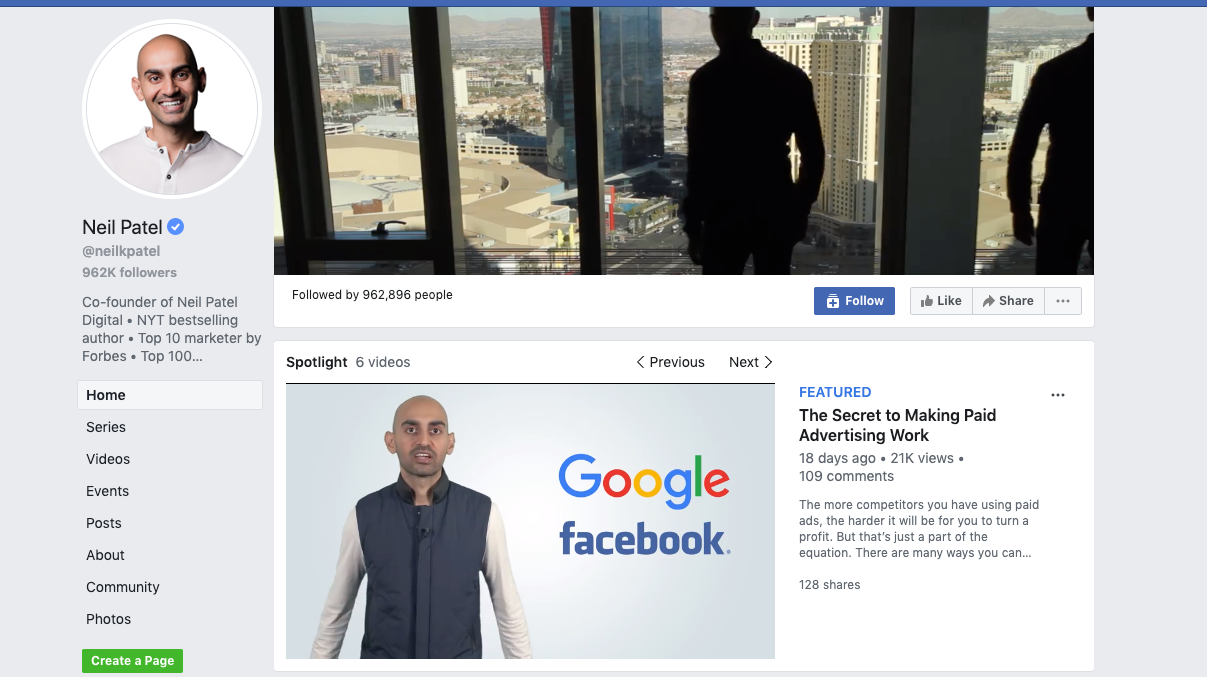
#2. Use the Facebook Pixel: If you use the Facebook Pixel on your website, you can push content out through Facebook Ads, pique interest by tapping into pain points, and drop a cookie for the users who engage with the post. Thereafter, you are able to retarget them in the Facebook Newsfeed with follow-up content. These sequences can match their needs and their stage of the buying funnel.
![]()
#3. Join groups: To build a network of potential B2B prospects, you need to contribute value to the industry community. This will require a personal profile, of course. But you can always set one up which doesn’t have all of your personal details and photos on it – for the purpose of commenting and connecting with like-minded professionals.
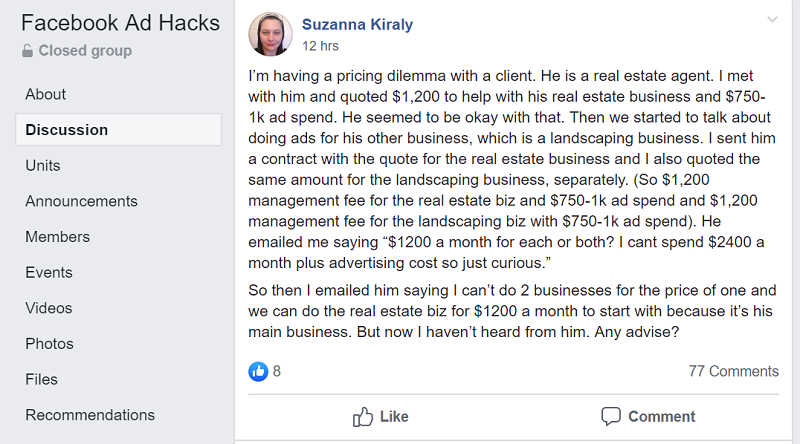
Extra tip: Consider where you can fill a gap for associated industries. For example, if your business provides SEO services, liaise with the web design community. This could open opportunities for partnerships and referrals – if you demonstrate expertise and add value to the group’s conversations.
Lead Generation for B2B: Twitter
Twitter is the most “open” platform in this list of social media channels. The beauty of Twitter is that often there’s no gatekeeper between you and your prospect.
#1. Automate, track, and reach out: Your B2B product or service will ease a specific pain point. How do you find people with this particular pain point? Well, Twitter is a famous complaint factory. All over the world, users are exclaiming their dissatisfaction with A, B, and C. Using a social media listening tool like BuzzSumo or HootSuite, you can follow specific pain-based keywords or competitor keywords. If your solution is more effective, affordable, or reliable – reach out in the open feed or in their DMs with a comparison blog post. Don’t be pushy, but offer food for thought instead.

#2. Request interviews: Due to its open nature, Twitter is a great channel for requesting interviews with industry influencers and thought-leaders. This is a solid way to build your network – and it gives your written, visual, or audio content more credibility. You could even target potential prospects who are high-level decision-makers, using a content collaboration project as a win-win icebreaker.
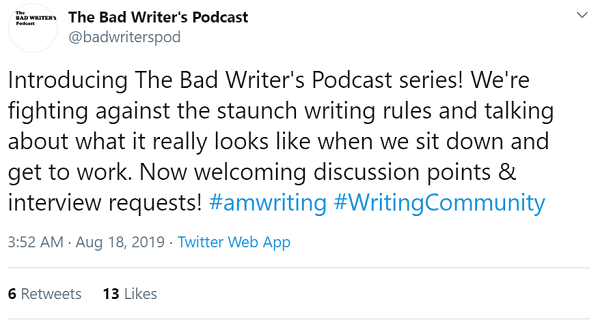
#3. Use Twitter Ads: Twitter Ads aren’t just for business profiles – they should be used to increase the reach of your personal tweets (in the professional context). The targeting options are improving every year, meaning you can reach a highly specific audience with personalised content.
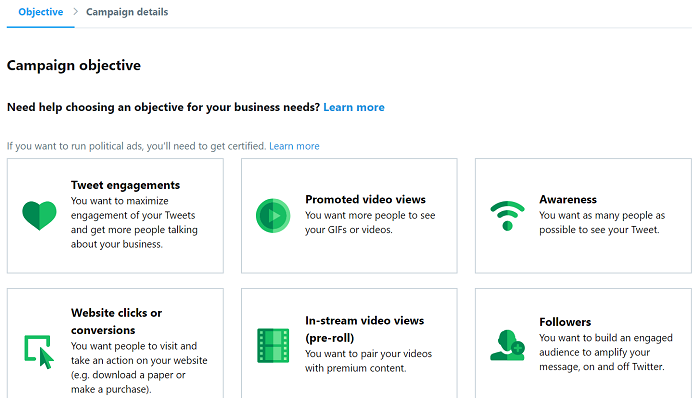
B2B lead generation: Final takeaways
To generate B2B leads on your personal social media profiles, you need to add value and demonstrate expertise as a professional, but without sacrificing your unique character and perspective. You also need to be careful about the most common mistakes of B2B lead generation.
The quality of your content is paramount because it will feed your personal brand-building activities. Overall, it is the successful development of this personal brand which will truly drive B2B lead generation. Combined with the activities of your business itself, paid and organic social media can be a very influential part of your marketing engine. You can also use different software to fule up your lead generation campaign without solely depending on any lead generation specialist.
